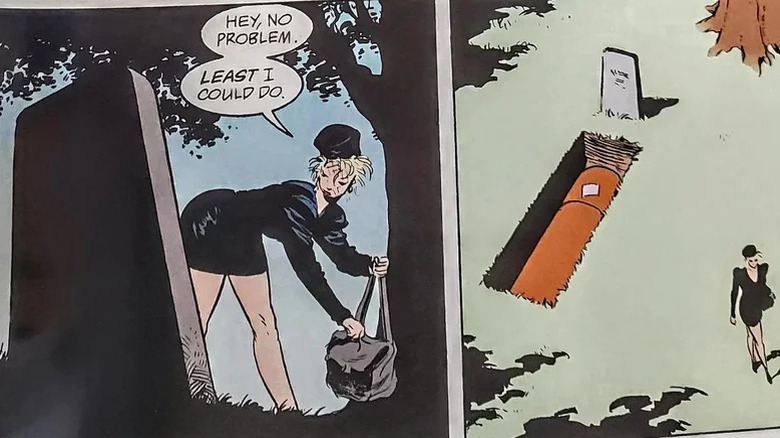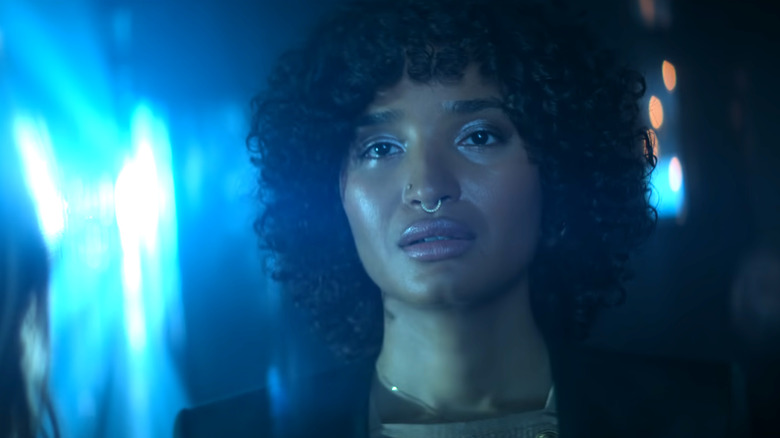one my favorite volumes of the “Sandman” comics. The comic books themselves are at their best when they focus on their human characters, and Wanda (one of the few “Sandman” players who doesn’t have some secret magical origin) is the most human character of them all.
Notably and controversially, Wanda has her gender identity questioned and ridiculed a lot throughout her arc. She also dies at the end, at which point we see her family misgendering her at her funeral. It’s something that could be interpreted as the comics denying her gender identity, if not for the final moments of the volume where Death herself (who’s both the most powerful of the Endless and the closest thing this franchise has to a clear-cut voice of reason character) casually affirms her as a woman. But even before that conclusion, it’s clear this story was written and illustrated by people who sympathized with Wanda’s plight and never doubted her gender identity, even if some of the story’s characters might have.
In a previous article I wrote for /Film, I speculated about how the “Sandman” TV series would handle Wanda’s storyline, noting how confident the original comic books were. “A Game of You” was comfortable with being misunderstood; it could present dark things without feeling the need to tell its audience dark things are bad. Meanwhile, the “Sandman” TV show has never stopped holding viewers’ hand, and Wanda’s storyline suffers hard as a result.



